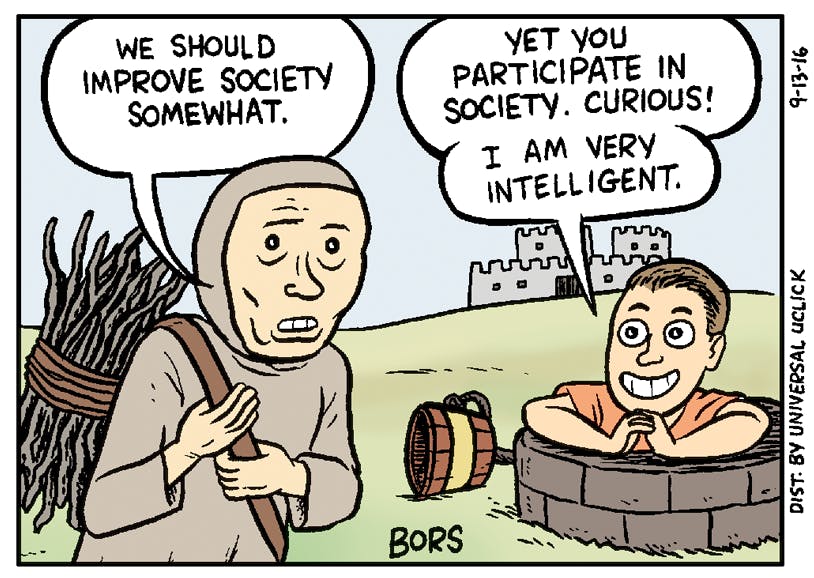
On March 1st of 2018, I decided to do an experiment: see if I could go an entire month without checking my various social media outlets*. I was heavily active on Facebook, Twitter, and Instagram, and instead of taking a day off, I decided I was going to go for an entire month. Go big or go home, right? I had a few reasons:
- Quite simply, the companies behind these platforms are awful. I really shouldn’t have to go into detail about just how poorly these companies behave, about how badly they treat their users, and just what terrible corporate citizens they are.
- Social media was really negatively impacting my headspace. It’s no secret that use of social media makes us lonelier and more depressed, and that’s exactly what was happening. We typically only see our contacts’ best lives or worst drama, and we judge ourselves against that – I was completely guilty of this and it was dragging me to bad places.
- It was pretty much an obsession. Multiple updates per day, constantly checking for updates, needing it like a fix. In addition to not doing me any favors mentally, it was keeping me hooked.
So I decided to turn off for a bit and see if I could do it. Turns out, I could. On April 1st, after completing the month-long challenge, I deleted my Twitter and Instagram completely. I had to keep Facebook around due to connections and related apps, but I stopped logging in, and that went away in a few months.
A bit of clarification – I was very strict about how I used my various social media platforms, at least with Twitter and Facebook. Twitter was largely “interest” stuff, and the people I communicated with there were almost all people I’d never met, or maybe shared space with once. Facebook, on the other hand, was reserved solely for people I had met in person and was friends with. People I was likely to invite to a party.
Now it’s been over a year, and I’ve been “clean” the entire time. So, what has that been like?
To be honest, I don’t miss the constant deluge of information. I used to get all of my news from social media, and with plentiful commentary, but now I get it from other sources. I don’t get dragged into ridiculous arguments online. I don’t feel the need for instant validation.
On the other hand, I miss my community. I’m an introvert, so I don’t reach out to people, which means that I effectively lost my larger friend group when I disconnected from social media. That’s a function of how we operate now, for better or worse – I could rail against it and condemn it here, but I won’t, because it is what it is.

Last month I unexpectedly and suddenly lost the bulk of my in-person community, that is, my job. Not having the fallback of a larger friend community, one not built on the structure of showing up to work every day, was a much bigger deal than I realized. As I said, I’m an introvert – I don’t generally reach out, it’s just not how I operate (although I am working on that). Likewise, I don’t expect other people to reach out to me. It’s a two way street, why should I expect it from others if I don’t? So it’s not as if I’ve been sitting here wondering why few people have called over the last year. I haven’t called them, either.
Facebook made that communication easy. I could drop a quick note as a comment, basically a tap on the shoulder letting someone know I was there, and that was enough for me. People also organize via Facebook. Parties, simple get-togethers, etc. I know I did. Recently, I heard second-hand about a gathering I would have loved to have attended, with people I miss dearly and have thought about a lot over the past year. I thought about throwing my annual St. Patrick’s Day party, but didn’t want to send out a hundred text messages, and realized I didn’t even have all the numbers for people I wanted to invite. I felt entirely cut off from the world, and damned if that isn’t depressing and isolating.
Damned if I do, damned if I don’t, I guess.
So I suppose I’m going to get back on Facebook. The last year has taught me a lot of things about my interaction with social media, so I go back with eyes open and a set of rules.
- Stay off the damn thing. I don’t need it, I know I don’t need it, so I’m not going to be checking it every five minutes. Once every few days, just to see what’s up.
- Screw the “Like” button. I’m going to actually use words.
- Make a point to actually communicate with the people I’m friends with, not just collect them like Pokémon.
- With all of that in mind, try my best to deny Facebook the entirety of my existence.
So yeah, I’m back.
*LinkedIn is not a social media platform, regardless of what they would have you believe, and aside from job hunting, I don’t check the damn thing all that much because IT IS NOT A SOCIAL MEDIA PLATFORM.